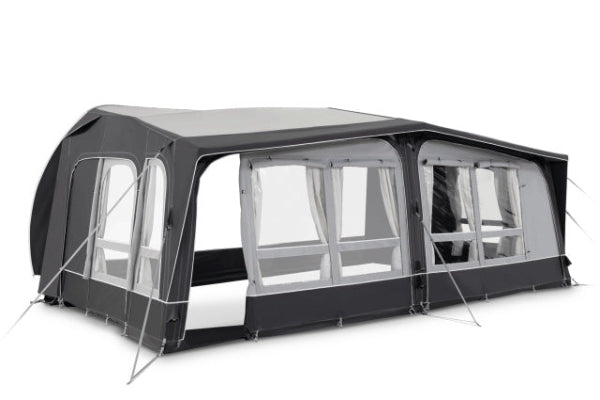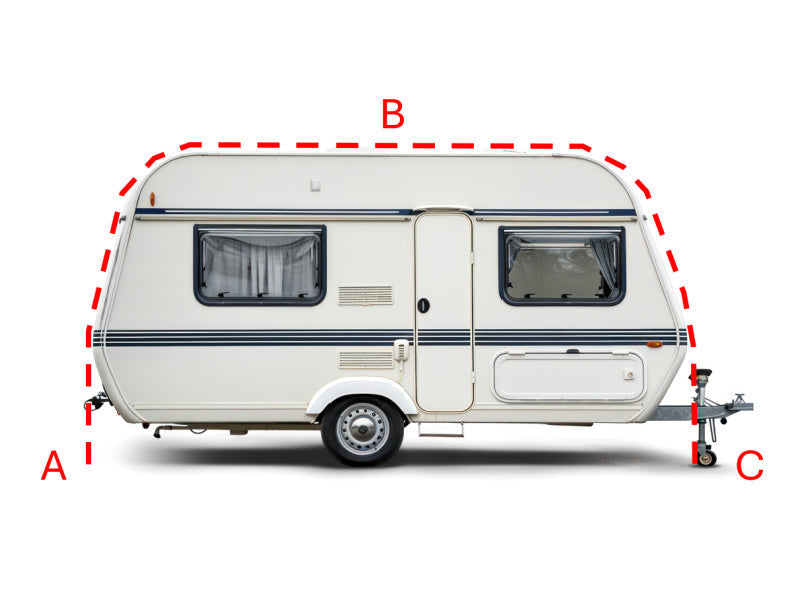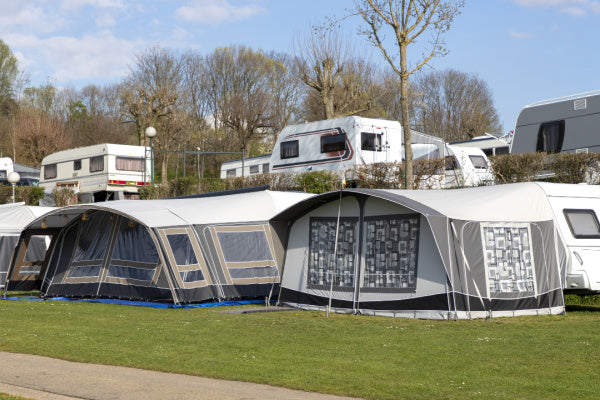What Permission Do You Need for a Glamping Pod?
Thinking of plonking a glamping pod or tent on your land and raking in those cosy-camping profits?
Short answer: Yes, you probably need planning permission.
Why? Because councils aren’t as chill as your guests.
Keep reading to dodge fines, follow rules, and build your glamp-empire legally and safely.
The Core Question: Do I Need Planning Permission?
Setting up a glamping pod on your land can be exciting, but it's not as simple as just popping one in your garden. Understanding the necessary permissions is crucial.
Planning permission and building regulations compliance are key areas to focus on.
Following the proper process ensures your glamping pod or tent is legal, safe, and ready to host guests.
It also helps avoid costly mistakes and delays.
The Golden Rule: It Depends on Use (Personal vs. Commercial)
Whether you need planning permission depends on how you intend to use your glamping pod.
This is the first and most important distinction to understand.

Commercial Use: Why a Glamping Business Almost Always Needs Permission
If you're setting up a glamping pod for business, you’ll almost always need planning permission.
Using land for commercial stays changes its use, which typically requires approval from the local planning authority.
Permanent or semi-permanent pods, especially when linked to services, are more likely to fall under planning scrutiny.
Safety, impact on the area, and local zoning all come into play.
Skipping this step could lead to enforcement notices or having to remove the pod entirely.
Personal Use: The "Garden Room" Scenario and Its Limits
Pods used as private garden rooms may fall under permitted development, meaning you might not need formal permission.
But this only applies if the structure meets strict size, placement, and usage conditions.
If you're tempted to rent it out occasionally, be careful — this could breach rules.
The moment it’s used for hosting paying guests, you’re likely crossing into commercial territory.
At that point, planning rules apply.
The 28-Day and 60-Day Rules Explained
Some landowners try to work around planning permission using short-term allowances.
There are rules that allow limited temporary use, but they’re not a long-term solution for businesses.
Understanding the Limits for Temporary Sites
Under permitted development rights, land can be used for temporary structures like glamping tents or pods for up to 28 days a year.
In some tourism zones, this may extend to 60 days.
These limits are often seen as a loophole — but using them to run a business is risky.
It’s also closely monitored by many councils.
Structures must still be moveable and comply with other rules.
Why This Rule is Rarely Sufficient for a Viable Business
While the 28- or 60-day allowance seems helpful, it rarely supports a sustainable glamping business.
Guests want year-round availability.
Relying on this rule can lead to inconsistent income and possible enforcement action.
It’s best viewed as a short-term or test setup rather than a business model.
Long-term plans need a more solid legal foundation.
The Caravan Act: Is Your Pod Legally a Caravan?
Some glamping pods might fall under caravan law, depending on their build and mobility.
This can change what permissions you need.
The Legal Definition of a Caravan (Size and Mobility)
A caravan, legally speaking, includes mobile structures that aren’t permanently attached to the ground.
If your pod is moveable and falls within certain size limits, it might be considered a caravan.
This includes many high-end pods that arrive pre-built or in sections.
They must be capable of being transported as a whole or in parts.
Utilities may be allowed, but permanent footings usually disqualify the classification.
How This Classification Can Affect Permission Requirements
If your glamping pod qualifies as a caravan, you may be able to operate under different rules.
This doesn’t guarantee you’ll avoid planning permission, especially for commercial use.
But it may affect how your application is treated or simplify licensing.
Always double-check with your local planning authority.
Interpretation can vary between councils.

Navigating the UK's Planning System
Understanding the type of permission you need makes it easier to approach the process the right way.
This section breaks down the most common terms and requirements.
Permitted Development vs. Full Planning Permission
Permitted Development: What It Is and When It Applies to a Garden Pod
Permitted development allows you to build or install certain structures without full planning permission.
It often applies to garden rooms used personally.
Your pod must meet limits on height, size, and distance from boundaries.
No commercial activity is allowed under these rights.
Exceeding those limits means formal approval is required.
Key Triggers That Require a Full Planning Application
You’ll need full planning permission if your pod is large, used commercially, or affects local amenities.
Location also matters — national parks or conservation areas may have stricter rules.
Permanent foundations, drainage systems, and roads can all trigger an application.
Even if the pod is classed as temporary, regular guest turnover might still require consent.
It’s best not to assume — check before building.
The Importance of a "Change of Land Use" Application
If you're transforming farmland or private land into glamping use, this often requires a change of land use application.
This is a formal request to change the land’s legal classification.
It’s especially relevant for commercial setups.
Without this, even a fully compliant pod could be in breach.
It’s one of the most commonly overlooked steps — and one of the most important.
Beyond Planning: Other Regulations to Consider
Planning permission is just one part of the process.
Your pod also needs to meet standards for safety, health, and environmental impact.

Building Regulations ("Building Regs") for Safety and Standards
Building regulations ensure structures are safe and efficient.
They cover insulation, structure, fire escape routes, and plumbing.
Permanent pods or those with electrics or water almost always need to comply.
A building control officer may inspect the site.
This helps protect both owners and guests.
Site Licensing for Water Supply, Sanitation, and Fire Safety
You may need a site licence from the local authority, especially if running multiple units.
This licence ensures you have clean water, adequate toilets or drainage, and fire precautions in place. It’s a separate requirement from planning permission. Failure to get one can lead to closure.
It’s often the last hurdle before opening to guests.
The Crucial Step: Pre-Application Advice from Your Local Council
Speak to your local planning department before making firm plans.
Pre-application advice can clarify what permissions you’ll need.
It’s often informal and can highlight local restrictions early on.
This can save time and money in the long run. It also shows the council that you’re taking the process seriously.
Other content you might like:
- How To Build A Glamping Tent
- How Much Is A Glamping Tent
- How Do You Waterproof A Dome Tent?
- Why Is Glamping So Expensive?
- Can I Put A Pod On My Land?
- How Much Does A Glamping Setup Cost?
- How To Heat A Glamping Pod?
- Do Glamping Pods Need Foundations?
- How Much To Install A Glamping Pod?
- Can You Build Your Own Glamping Pod?





Leave a comment